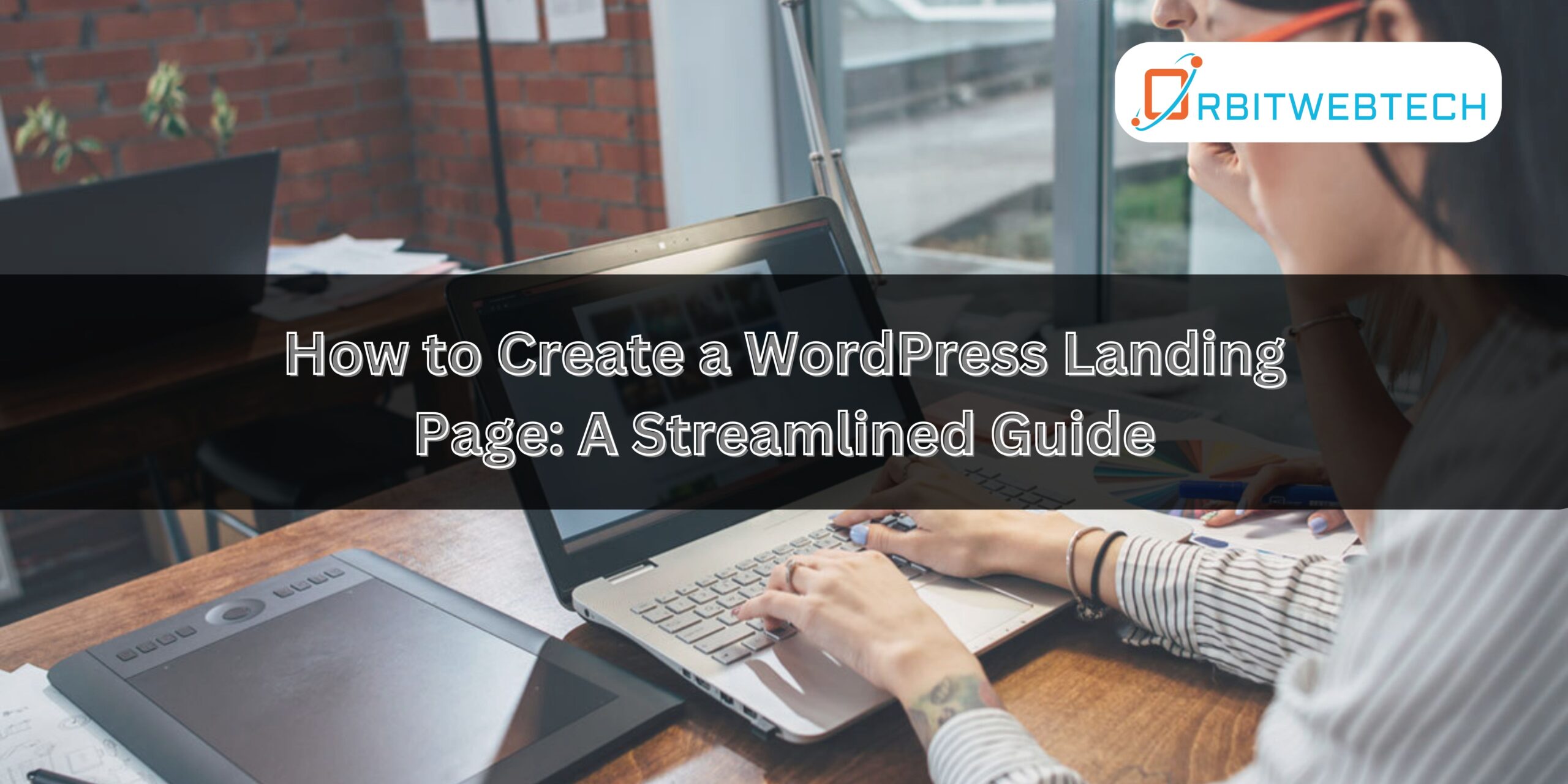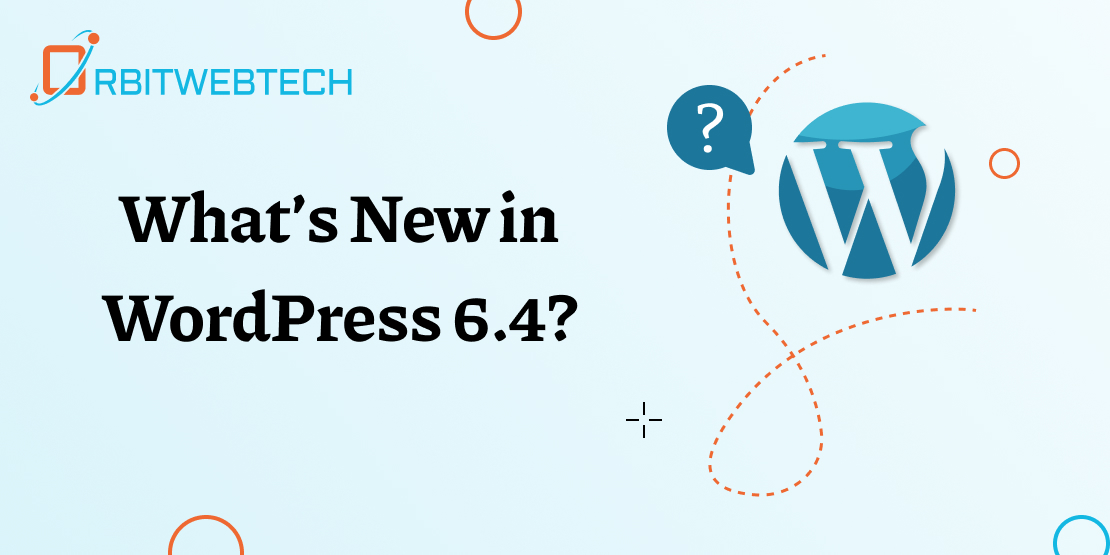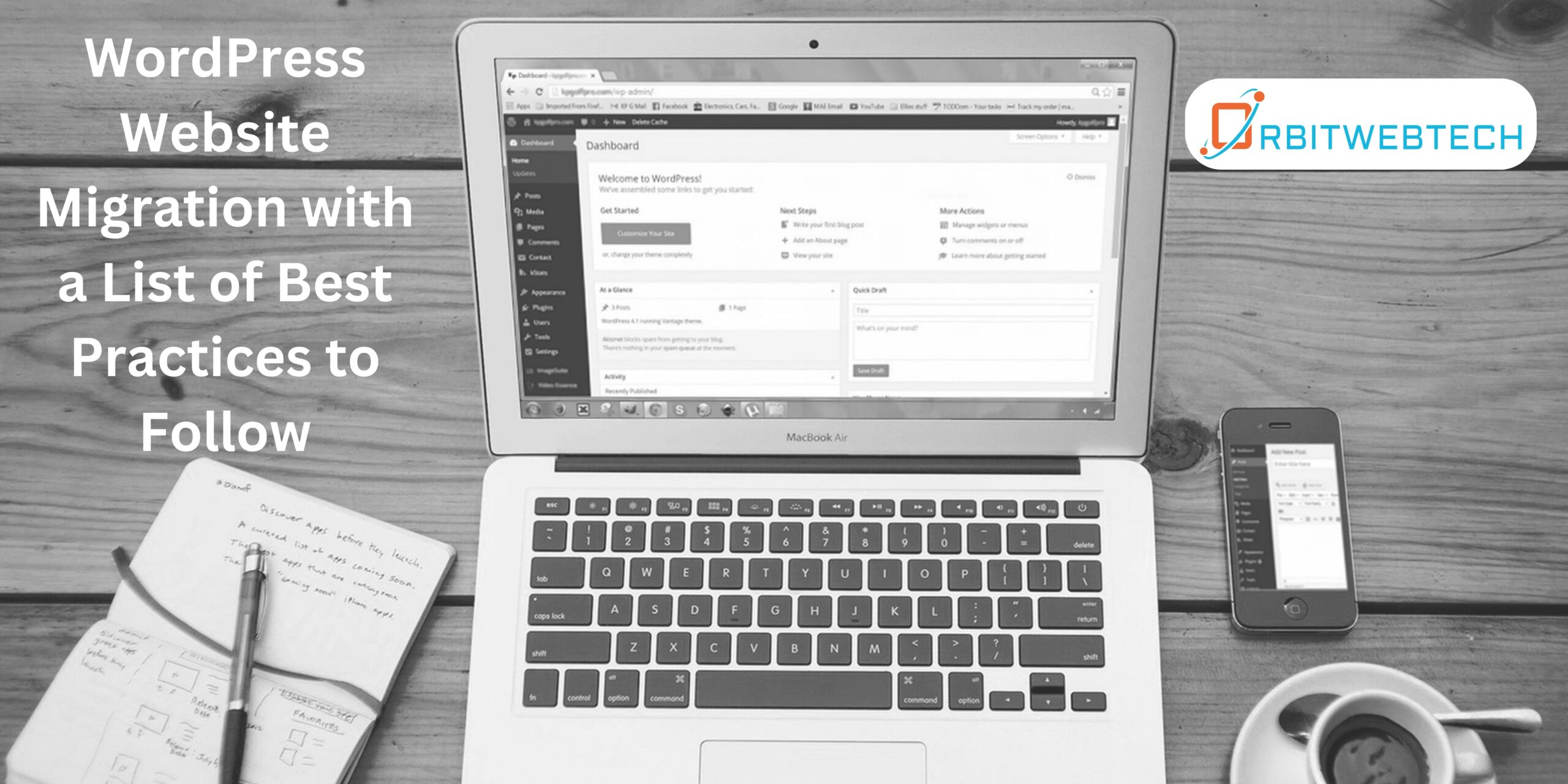
Creating a WordPress landing page on your WordPress site can significantly boost your conversion rate by encouraging visitors to take specific actions, like subscribing to a newsletter, making a purchase, or registering for the site. A well-designed Create WordPress Landing Page can effectively guide users towards these desired actions, making your website more effective in achieving its goals.
If you want to boost your business growth by improving conversion rates, creating an effective Create WordPress Landing Page is key. A standard landing page can result in a 9.7% conversion rate, but incorporating elements like imagery and social proof can increase visitor engagement, making them more likely to become loyal customers. It’s important to prioritize building a dynamic and compelling landing page. If you need further guidance beyond what this article provides, consider reaching out to a qualified WordPress development agency for expert assistance.
In this article, we will discuss easy and effective techniques to create a landing page for a WordPress website.
To start, let’s delve into the meaning of a landing page and why it’s important.
What is a Landing Page?
A landing page has a clear purpose and aims to achieve a specific goal, such as increasing lead generation or improving conversions. It is usually located on a separate URL from the main website and has one main call to action. The main aim of a landing page is to gather visitor data or encourage them to take a specific action.
Why is a Landing Page Important?
1) Improved SEO and Search Visibility:
To boost the number of visitors who find a website through search engines, it’s important to optimize landing pages with targeted keywords. This can increase the visibility of the website in search engine results.
2) Increased conversion rates:
Landing pages are well-known for their high conversion rates when compared to other pages on a website. To effectively improve your conversion rates and reach your marketing objectives, it’s essential to remove any elements that may draw attention away or create distractions.
3) Better user experience:
Landing pages provide visitors with a streamlined and tailored browsing experience. By providing personalized information, these pages eliminate the need for visitors to navigate through several sections, making it easier for them to quickly find the content they are looking for.
4) Better Ad Campaign Performance:
Redirecting traffic from your main homepage to a dedicated landing page can greatly improve the effectiveness of paid advertising campaigns.
5) Focused on conversions:
A landing page has a specific goal of converting visitors into potential customers or leads. Its design focuses on achieving your desired outcome by eliminating distractions and providing a clear call to action.
What Is a WordPress Landing Page?
A landing page on WordPress is a unique website designed to serve a specific purpose, such as promoting a product, service, or campaign. It is built using the WordPress content management system and focuses on optimizing conversion rates through various strategies. Landing pages typically have minimal navigational elements and are intended to collect visitor information or encourage specific actions, such as making a purchase or subscribing.
How to Create a WordPress Landing Page Using a Plugin?
In the realm of digital marketing, it’s essential to have a captivating landing page that can drive conversions and help you achieve your business goals. To simplify the process, we can explore the use of plugins. This will allow you to focus on creating a compelling landing page that can attract your target audience and transform them into loyal customers.
Shall we get started?
Step1: Install the Plugin
A landing page on WordPress is created to achieve marketing goals, such as introducing a new product. It can be a separate webpage or a section of a website that is linked to it.
Fortunately, WordPress provides a variety of helpful resources that streamline the task of creating a website and designing a landing page for your company.
Creating a landing page can be made easier by using a plugin. There are many WordPress plugins available that offer drag-and-drop builders and a variety of pre-designed landing page templates. Even beginners can create a professional-looking landing page with this method. To ensure success, it’s recommended to hire experienced WordPress developers who are familiar with the plugins designed for crafting landing pages.
Our experts have determined the top WordPress landing page plugins on this list:
- Elementor is a remarkable architectural extension that showcases breathtaking animated effects.
- Divi, a tool for designing WordPress websites, is known for its exceptional features. Its intuitive visual editor is easy to use and navigate, making it user-friendly for everyone.
- Beaver Builder is a user-friendly plugin that can easily integrate with most WordPress themes to create landing pages.
- SeedProd, a well-known WordPress plugin, provides a user-friendly interface, an intuitive drag-and-drop page builder, and numerous design templates to choose from.
In this guide, you will learn how to create a landing page that converts well for your WordPress website using the SeedProd plugin.
To find the SeedProd plugin, go to your WordPress dashboard, click on Plugins > Add New, and use the search box. Then, install and activate the plugin on your website.
Step 2. Add a New Landing Page Next
Once you activate the plugin, you will be directed to the dashboard of SeedProd landing page. At the top of the page, you will find four options for landing pages. To create a new landing page, simply click on the “Create New Landing Page” button located at the bottom of the page.
Step 3. Customize the Landing Page Template
Selecting the appropriate design template for a new landing page holds significant importance, particularly after its addition. SeedProd provides a vast selection of landing page templates suitable for different types of campaigns.
For consistency with your branding, you can customize the background color, image, and alignment of your landing page. Alternatively, you can make these adjustments through the Global Settings option in the menu located at the bottom left.
By integrating the WPForms plugin with Contact Form blocks, you can take advantage of its extra features and turn a recently created WordPress form into a unique landing page for forms.
To duplicate a block, simply click on its icon that appears when hovering over it. In order to improve your design process efficiency, additional icons are available for deleting, moving, and saving blocks.
Design an attractive eCommerce store landing page with seamless integration of SeedProd and WooCommerce. Make use of its blocks such as add-to-cart buttons, product grids, and highlighted sale items to create an alluring layout. You can also start your landing page from scratch using the Blank Template for a personalized touch.
There are many category options available in the WordPress landing page design under SeedProd’s Sections menu. These include the Header, Hero, Call to Action, and FAQ sections, among others.
Step 4. Integrate with Third-party Tools
Numerous companies utilize different tools to increase their customer base and profits. By integrating their landing pages with popular marketing tools like SeedProd, they can enhance the impact of their campaigns. Below are some of our recommended third-party tools to pair with SeedProd.
- MailChimp is a well-known email marketing platform that is highly regarded for its autoresponder feature.
- Constant Contact is an email marketing platform that offers an intuitive drag-and-drop builder and a wide selection of email layouts.
- Many website owners rely on Monsterinsights, a popular Google Analytics tool that provides valuable insights into the performance of their websites.
- To gather email addresses from the sign-up form, you can use Zapier. This automation platform connects with over 500 different services, facilitating easy integration into your workflow.
- To connect your WordPress website’s landing page with third-party tools, simply click on the “Connect” tab.
Step 5. Publish Your Landing Page
Once you have made the necessary modifications to your WordPress landing page template and set up any third-party tools, you can proceed to publish your landing page.
To see the results, go to the Design tab and select Publish from the dropdown menu next to the Save button. Afterwards, click on Save and then click on the See Live Page button.
With the Page Settings feature, you can personalize your page preferences, SEO, and analytics to suit your needs. This means that you don’t have to manage multiple WordPress sites, as you can connect any number of landing pages to your custom domain name.
In order to achieve this, you will need to select “Custom Domain” from the menu and then input your desired domain name. It’s important to keep in mind that only the premium version of SeedProd offers this feature.
Develop a Landing Page utilizing a WordPress Theme
If you are using a block theme, you can take advantage of the full site editor to craft a unique landing page. You may consider hiring web developers to build the landing page using the tools you are already familiar with.
Unfortunately, not all WordPress themes are compatible with this technique. If your theme doesn’t use a block-based structure, we recommend utilizing a page builder plugin instead. Start by generating a new WordPress page, which you will later transform into your landing page.
- To access the ‘Page’ tab, go to the right-hand menu and click on it. Look for the link located beside “Template” and select it. Keep in mind that the link text may differ depending on the template you are using.
- A popup will display your current template.
- To create a new template, simply click on the icon labeled ‘New Template’.
- Please provide a name for the landing page template. You can choose any name you like, as this is for your own reference.
- Once you have finished, simply select “Create.”
- Once you open the template editor, you can create your landing page just like you would create a page in the regular WordPress block editor.
- To add blocks to your landing page, simply click the blue ‘+’ button. Next, you can drag different blocks onto your design. You can also use the WordPress tools to edit a block’s format or add new content.
Step by Step Guide WordPress Landing Page
In a paragraph block, it’s possible to add links, change the text orientation, and apply bold or italic effects. WordPress block patterns represent groups of commonly used blocks that simplify the construction of landing pages. By utilizing patterns, you can quickly create a landing page with a well-designed layout.
- To view the patterns that come with your WordPress theme, click on the blue “+” button and select the “Patterns” tab.
- To add a block pattern to your layout, you can either drag it to the desired location or click on it. Once clicked, it will be automatically moved to the bottom of your template.
- Once you have added a pattern, simply click on any block to select it and make necessary edits. This includes changing placeholder content or adding links to direct readers to different parts of your WordPress blog. When you are happy with the appearance of your custom landing page, click the “Publish” button followed by “Save.”
- The page template has been updated and the landing page is now live. All you need to do to make it go live is to update or publish the page.
If creating a unique landing page for your WordPress website interests you, you might be wondering about the cost. To get a better idea of what to expect, we recommend checking out our blog post on the cost of developing a WordPress website. It will provide you with valuable insights on the subject.
Conclusion
As a newbie, you can build landing pages in WordPress using plugins or themes. You can customize and optimize your landing page like a pro, thanks to the many capabilities these plugins and themes offer.
After mastering HTML, PHP, and CSS, experts recommend constructing a landing page from scratch to achieve greater flexibility. Regardless of the method you choose, make sure your landing page has a compelling title, a clear and easy-to-follow layout, and a specific call to action.
We hope that this post has demonstrated how to create a WordPress landing page.


